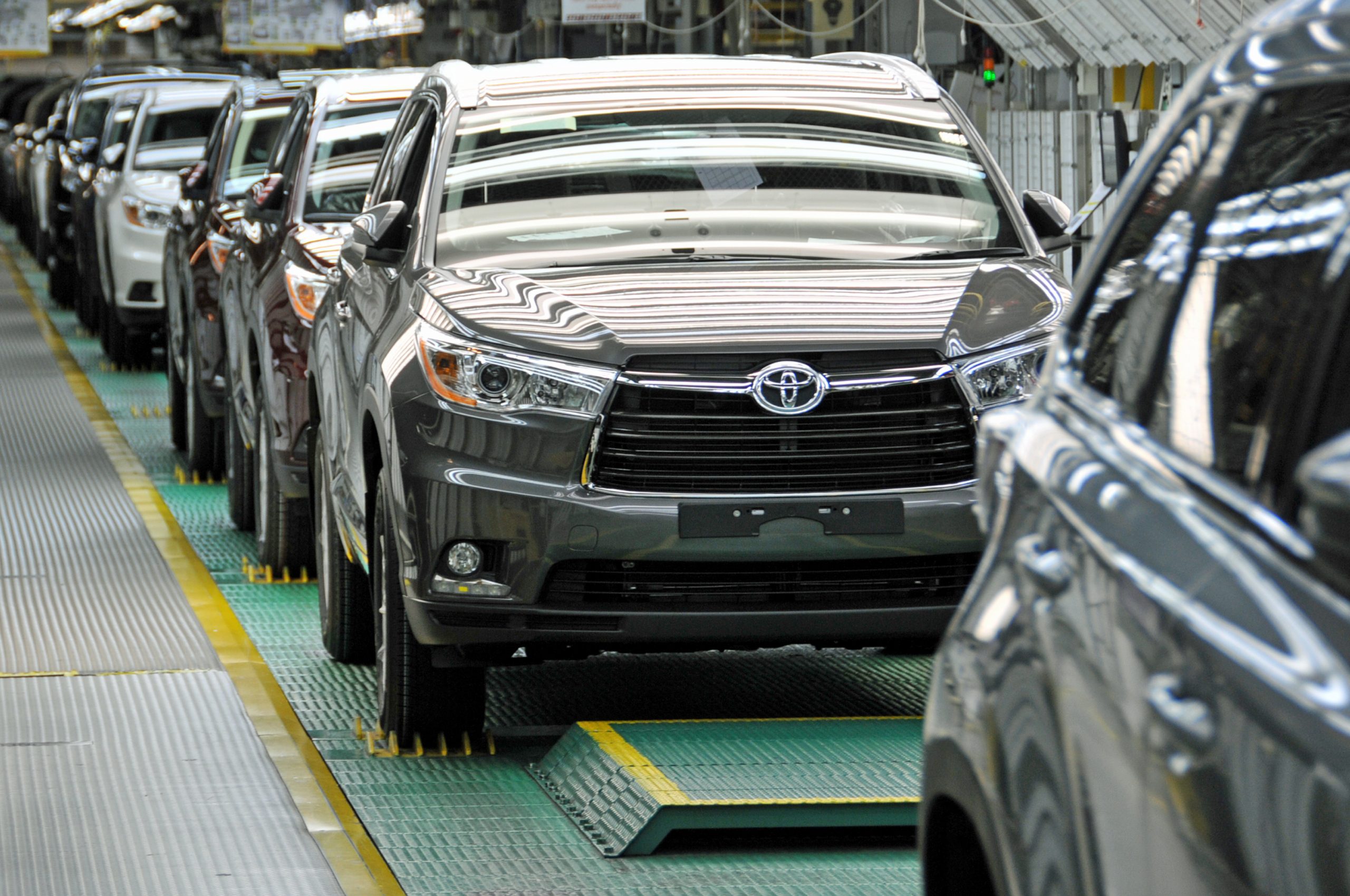
Toyota to make connected vehicles its new standard in Japan
The future of just-in-time vehicle services and support has arrived in Japan in the form of two Toyota vehicles – the Crown and the Corolla Sport, launched just this year.
Crown and Corolla Sport, as the first generation of “Connected Cars,” come standard with an on-board Data Communication Module (DCM) that links to a Controller Area Network (CAN).
By using this hardware, Toyota can provide various connected services to T-Connect subscribers through its proprietary Mobility Service Platform (MSPF), an information infrastructure developed by the company for Connected Cars. Toyota aims to equip most new passenger vehicles in its domestic market with DCM.
“Our goal is to enhance services to customers utilising vehicle data uploaded to our mobility service platform,” says Shigeki Tomoyama, Executive Vice President of Toyota Motor Corporation and president of Toyota’s in-house Connected Company.
“Importantly, we will also use connectivity to change the way we work with our dealers across the country.”
Toyota considers some connected services essential for drivers to safely, intuitively and effortlessly enjoy their cars. Toyota also thinks the best quality connected services will combine human- and technology-based support, in what the company calls “Human Connected Service.”
Operator-based services offer drivers two primary benefits. The first is a concierge service, where an operator will be available to set the destination of the on-board navigation system. The second is for driving support, offering advice to drivers by diagnosing technical faults based on linked vehicle data.
This benefit comes via a feature called “e-Care Driving Guidance”, in which a remote operator is able to speak directly to the driver through the onboard microphone and speaker in the event of technical failure.
The operator is able to review the vehicle data supplied by the DCM and provide either trouble-shooting steps or advise the driver to bring their vehicle in to their usual or nearest service dealership.
The Toyota Smart Center monitors and examines the vehicle 24/7, and Toyota makes the data available to its dealers. The customer’s preferred dealer will then contact him or her to bring the vehicle in for service at the ideal timing interval.
For instance, any vehicle’s auxiliary battery’s starting voltage gradually declines over time.
With the data provided, an alarm will be shown at the dealership’s operational platform and the dealership staff will contact the driver and recommend a battery change prior to the customer experiencing trouble when starting their vehicle. The message from the dealership is sent to the car’s navigation unit and read aloud to the driver.
Toyota is offering an emergency call service linked to air bag deployment, called “Helpnet”. Upon detecting air bag deployment, an operator from the service will immediately review data sent by the DCM as well as attempt to contact the customer to assess the situation.
Depending on the customer’s response, or lack thereof, the operator then is able to alert fire or ambulance services. If emergency services consider that severe injury is likely, they may respond, possibly even dispatching a medical helicopter or such together with a doctor to provide emergency medical treatment. This service will cover the entire country of Japan.
To ensure the smooth operation of these connected services, Toyota will establish a “Connected Operation Kaizen Dojo” within its training center in Nisshin-city (Aichi Prefecture) and train dealership staff nation-wide.
